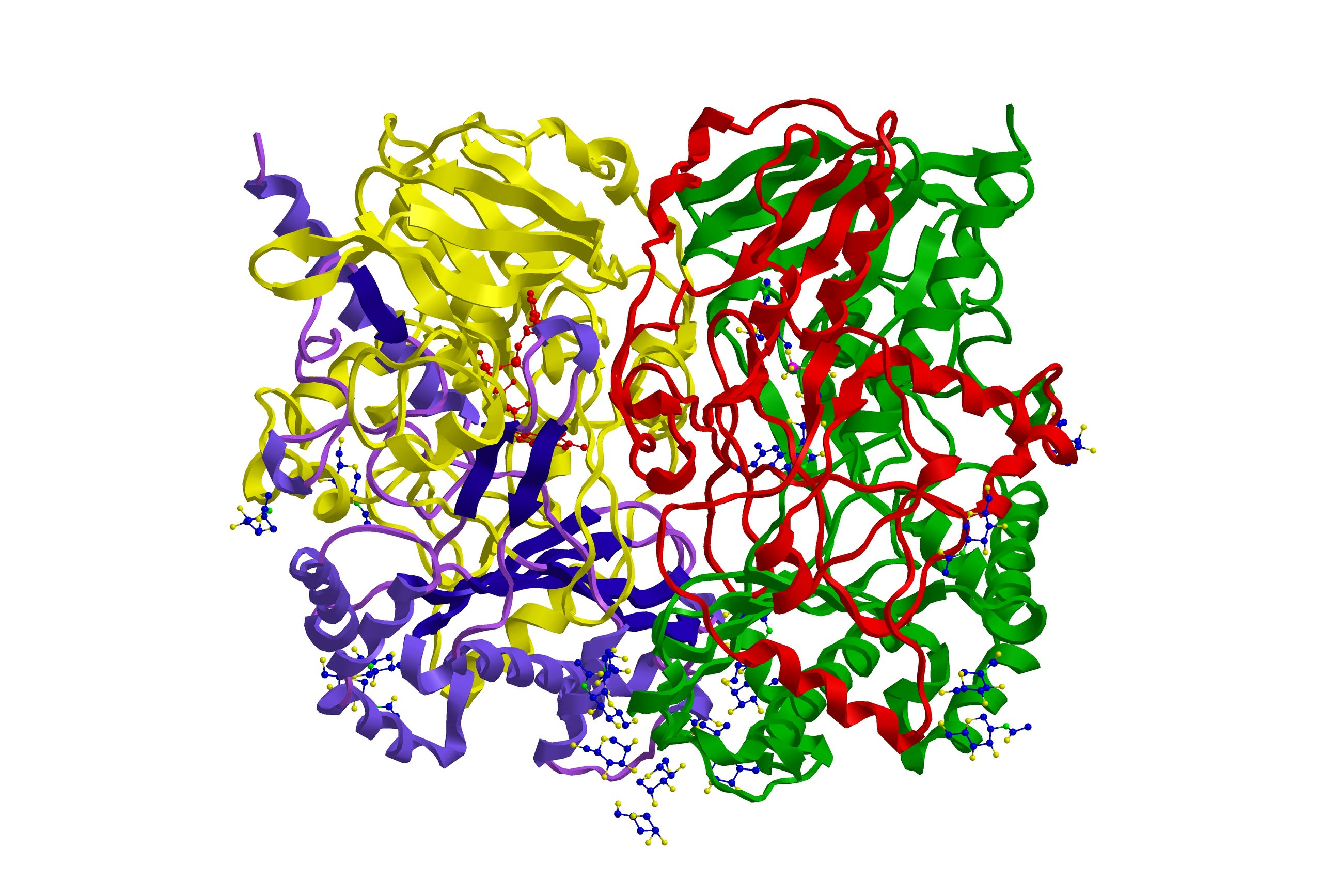Biocatalysis involves using natural substances, such as enzymes, from biological sources or entire cells which make chemical reactions more rapid. Enzymes are a critical element in the catalysis of a large number of reactions. This includes the production of alcohol from fermentation and the production of cheese by the breakdown of milk proteins. Many biocatalytic processes have been implemented across a range of chemical, pharma, agriculture, and food industries and this article will outline some of the details surrounding the use of biocatalysis in industry.

The Process of Biocatalysis
The process of biocatalysis begins with recognizing the target reaction and identifying the biocatalyst followed by characterization, bioengineering, and process modeling. Biocatalysis will lead to the increasing ability to use enzymes to catalyze chemical reactions in industrial processes in the future, such as the production of drug substances, fragrances, polymers, and flavors. These chemicals impact every part of human life and using biocatalysis as an important technology for chemical production leads to the genesis of a greener, less pollutive, and cheaper chemical production method.
Using biocatalysis over chemical catalysis leads to specificity and capacity to function in mild conditions. Because enzymes are bigger than the standard chemical catalysts, there is an increased number of contact points across the substrate and the enzyme. Biological molecules are able to function in milder conditions so they do not need to be protected throughout the reaction.
What is Biocatalysis Used For?
Some humans metabolize drugs differently due to their genetic configuration, which means that the efficacy of the drugs is minimized or toxic metabolites may accumulate in bodies. There are also some instances when the human body metabolizes drugs so quickly that drugs are not able to be effective. Biocatalysis can use a biological enzyme to break down drugs into metabolites and test them inside model cells for adverse reactions.
Biocatalysis can also be used with chiral alcohols, which are critical structural and functional motifs in a range of pharmaceuticals and chemicals. Accessing chiral alcohols using biocatalysis is a way to control the synthesis using mild conditions and minimizing the environmental footprint.
Aldehydes and ketones are organic chemicals that are usually produced by a chemical process. However, biocatalysis can offer a range of benefits, particularly where customers favor ‘all-natural production’.
Hiden Analytical for Biocatalysis
HPR-40 membrane inlet mass spectrometer from Hiden Analytical is employed to measure the consumption and generation of particular gas species using chemical or enzymatic catalysis such as nitric oxide from nitrite and carbon dioxide in oxalate oxidase catalysis.
In R&D, identifying and characterizing the reaction of the kinetics of valuable biocatalysis reactions is critical. Our system allows researchers to directly acquire species of interest and at very low limits of detection.
If you would like to know more about how we can help with biocatalysis applications, speak to one of our experts today.

